- Blog
- IAM news flash from ASPM to APM and better integration with S4HANA

- SAP
IAM news flash from ASPM to APM and better integration with S4HANA

SAP is always working to make their new cloud solutions even better. New functionalities are released every quarter and this also applies to SAP's Intelligent Asset Management (IAM) suite. In this blog we talk about the latest development at SAP IAM with the ASPM and PAI solutions. We are also talking about the integration with the classic S/4HANA systems, which has been improved with this new development.
Merging and improving SAP ASPM and PAI with the new APM solution
The fact that SAP often changes the name of its IT solutions is not new. Asset Strategy and Performance Management (ASPM) and Predictive Asset Insights (PAI), part of the entire SAP Intelligent Asset Management suite, will now be combined in the updated SAP ASPM solution, called 'Asset Performance Management (SAP APM)'.
The SAP APM solution now contains two components, namely Asset Strategy and Asset Health. These two components come from the SAP solutions: ASPM and PAI.
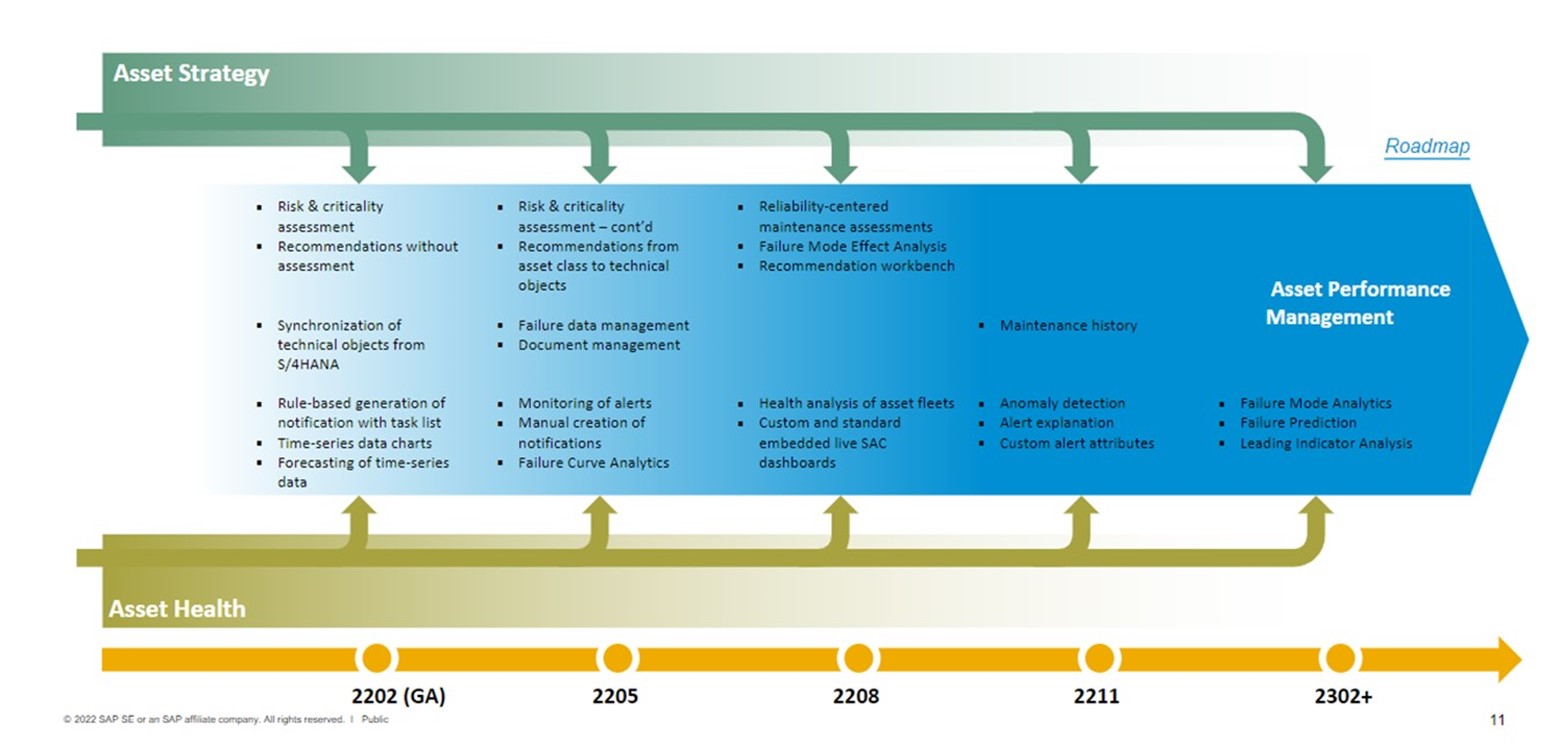
Figure 1: The possibilities with the updated SAP APM solution that now includes both Asset Strategy and Asset Health
The image below shows how SAP APM now complements all classic EAM functionalities.
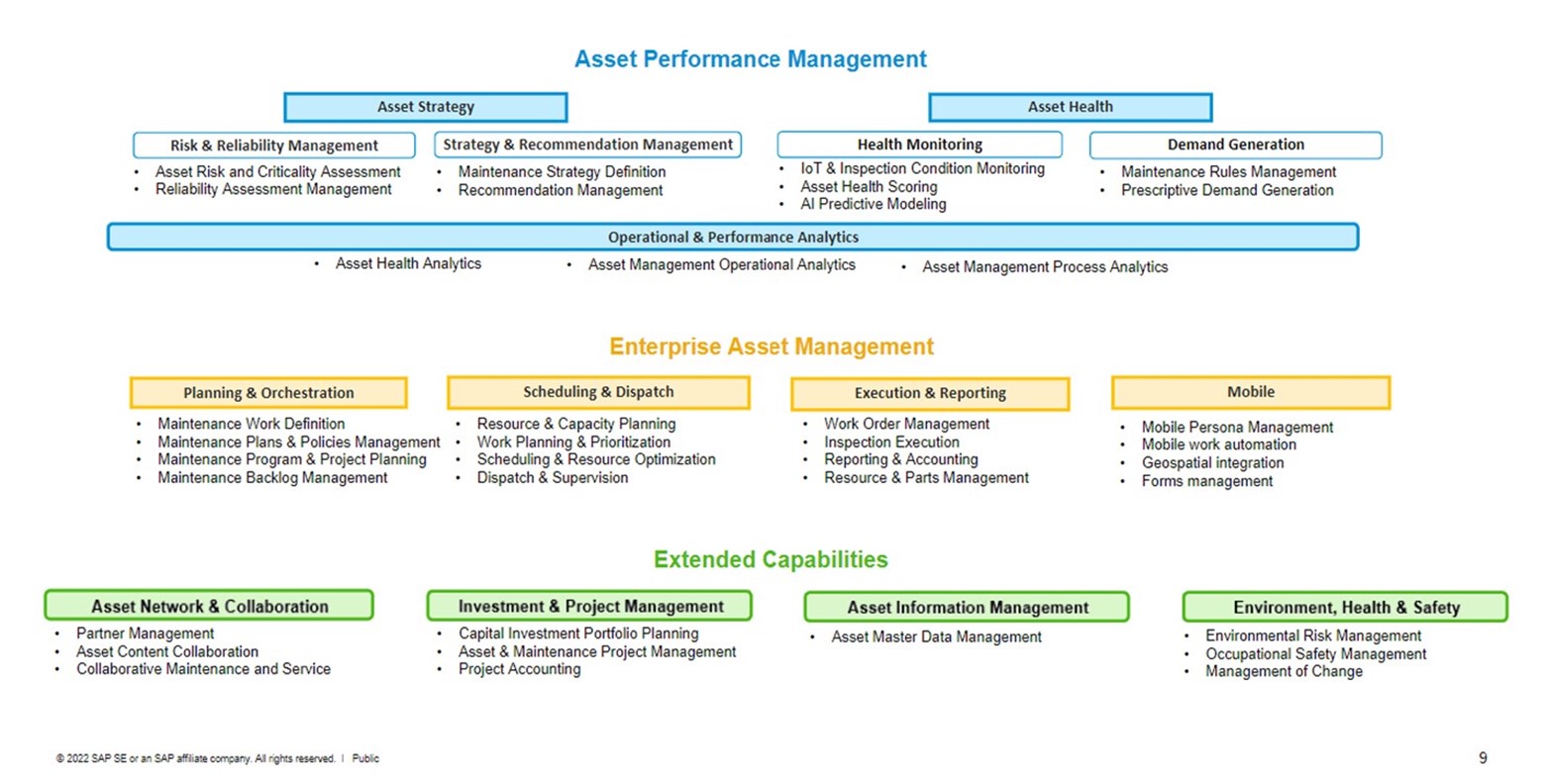
Figure 2: The addition of SAP APM to the entire IAM suite
Optimal integration of SAP APM to Intelligent Asset Management in S/4HANA and ECC
Strong integration is often SAP's strength. SAP is therefore always busy trying to integrate 'young' solutions, which are still in one of the first development phases, even more strongly with S/4HANA and ECC. This also applies to the integration between ASPM and Enterprise Asset Management (EAM). This integration has now been addressed and improved by SAP in the updated SAP APM solution, which makes the solution even more attractive for handling and carrying out the right maintenance at the right time.
The integration between APM and EAM is extremely important. Both APM and EAM are necessary to cover all desired, necessary functionalities for the entire Maintenance and Asset Management process. All functionalities of APM and EAM are now maintained with strong mutual integration. That is exactly where the power of the updated APM solution lies. All necessary functionalities are now integrated with each other via SAP APM. This makes it even easier to use the right maintenance strategy.
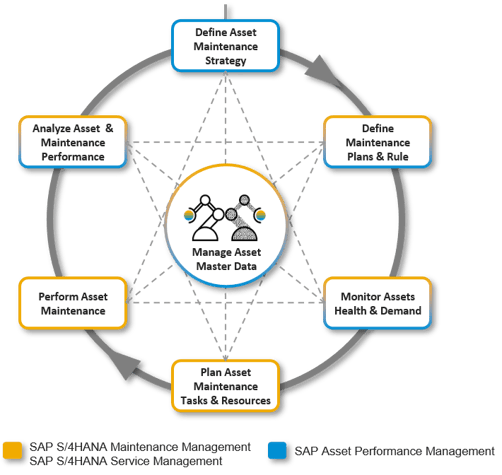
Figure 3: All necessary functionalities integrated into SAP APM
In order to define the right maintenance strategy, to be able to implement it properly in the IT system and to then correctly monitor, plan and subsequently analyze all assets, it is important that ASPM and EAM work together. That is now happening in APM. The image below shows this visually.
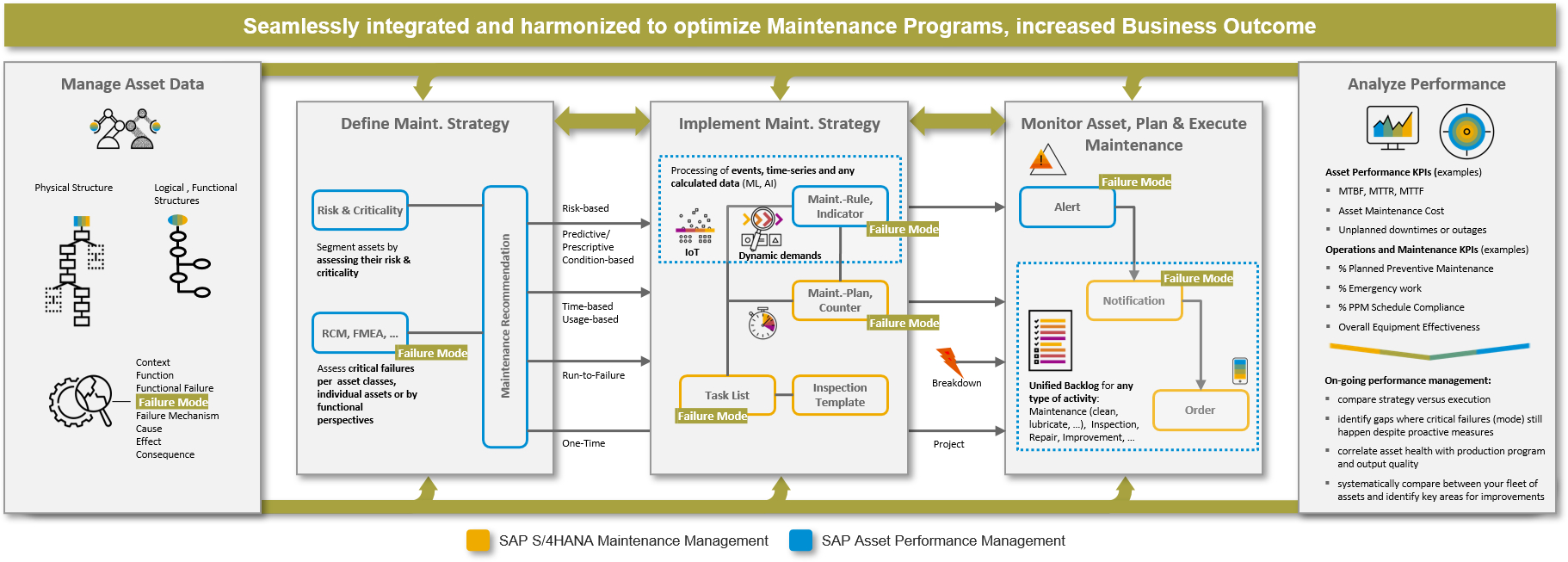
Figure 3: The collaboration between ASPM and EAM in the updated SAP APM solution

Vincent Beumer
Vincent is a marketing manager and highly experienced consultant with extensive knowledge on Digital Transformation and Analytics within the SAP-domain.
Get in touch
Ready to make a business change? At Emixa, we'd be glad to share our comprehensive insights. Contact us to discover how our approach can help your organization thrive in the cloud era. Let's embark a journey towards enhanced efficiency and effectiveness together!
Author: Vincent Beumer
Published date: August 26, 2025
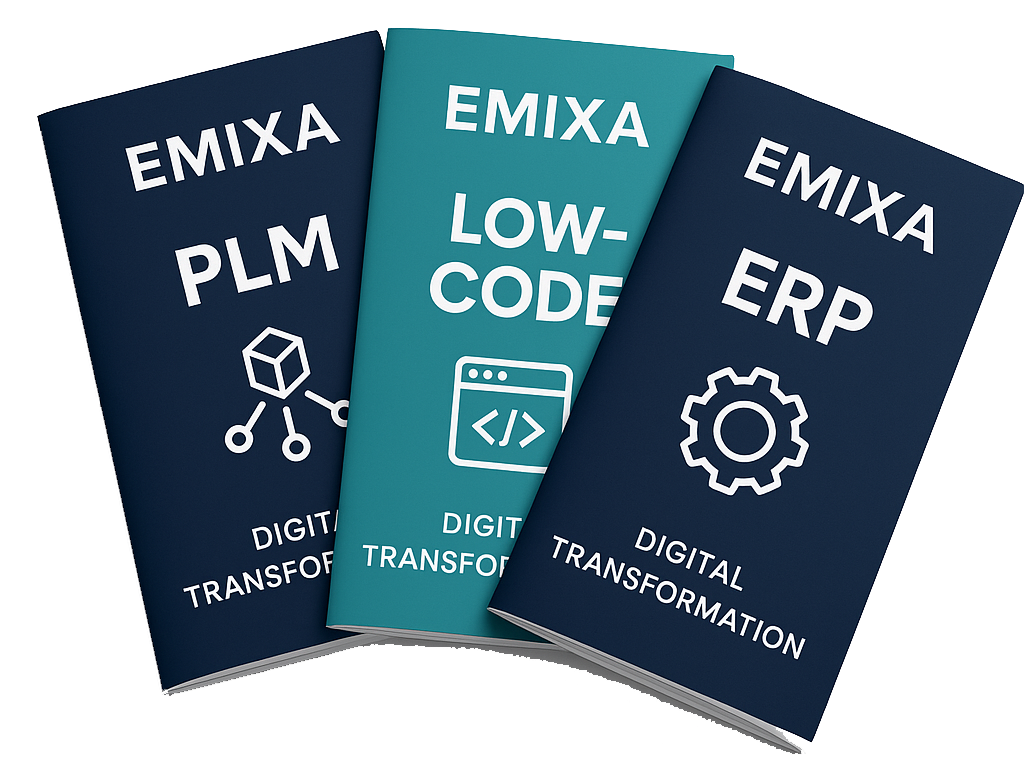
Explore our Technology. Access our downloads center.
Access NowStart your Digital Transformation with Emixa

We help businesses transform their digital future with cutting-edge technology and strategic products & services


